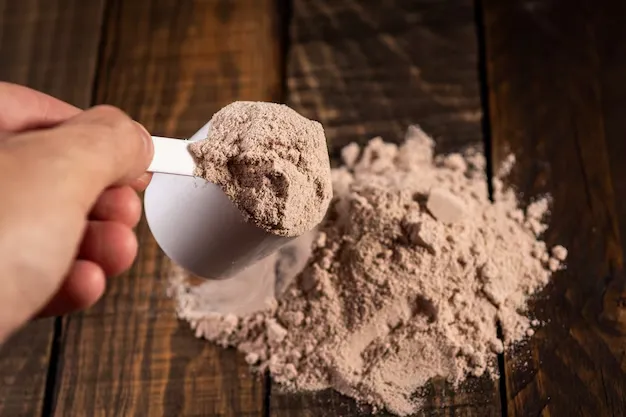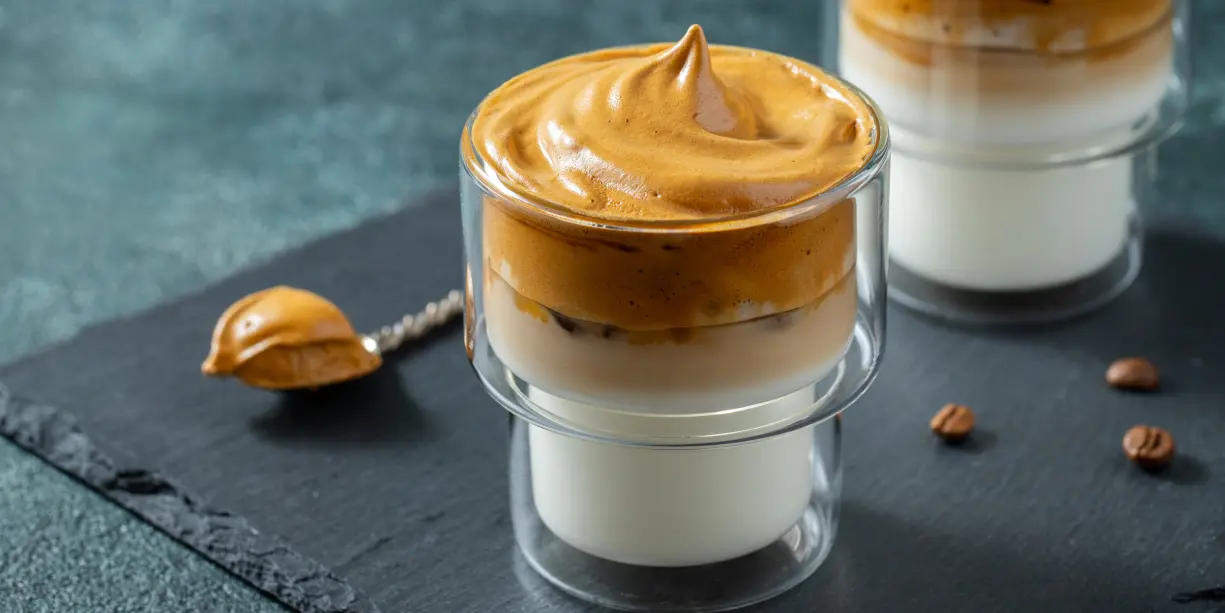Are you looking to take your muscle gains to the next level? Protein blends may be the key to unlocking your full potential. This comprehensive guide will explore the science behind protein blends, their benefits for muscle growth, and how to choose the right blend for your goals.
What Are Protein Blends?
Protein blends combine different types of protein sources into a single supplement. By mixing fast-acting and slow-digesting proteins, blends aim to provide both immediate and sustained amino acid delivery to your muscles.
Common proteins used in blends include:
- Whey protein (fast-absorbing)
- Casein protein (slow-digesting)
- Egg protein (medium absorption rate)
- Soy protein
- Pea protein
- Rice protein
The rationale is that this varied amino acid profile and digestion rate can support muscle protein synthesis for longer periods compared to single-source proteins.

Benefits of Protein Blends for Muscle Growth
Research suggests protein blends may offer several advantages for those seeking to build lean muscle mass:
1. Prolonged amino acid elevation
A 2013 study in the Journal of Nutrition found that a blend of whey, casein, and soy protein prolonged muscle protein synthesis compared to whey alone. The blend kept amino acid levels elevated for a full 4 hours post-workout.
2. Greater muscle protein synthesis
Some evidence indicates blends stimulate muscle protein synthesis more effectively than single proteins. A 2014 study showed a whey-casein-soy blend increased muscle protein synthesis 30% more than whey by itself.
3. Improved recovery
The sustained release of amino acids from blends may enhance muscle recovery between training sessions. This could potentially allow for more frequent, higher-volume workouts.
4. Better lean mass gains
While more research is needed, initial studies suggest protein blends may lead to greater increases in lean body mass over time compared to single-source proteins.
5. Enhanced satiety
The varied digestion rates of blends can help you feel fuller for longer. This appetite control may assist with body composition goals.
Related Article:Suplemen Serbuk Whey Protein Berkualitas? Ini Produsen Terbaiknya
Choosing the Right Protein Blend
With so many options available, how do you select the best protein blend? Consider these factors:
Protein sources
Look for blends that combine fast, medium, and slow-digesting proteins. A mix of whey, egg, and casein is a solid choice for many. Plant-based athletes may opt for pea, rice, and hemp protein combinations.
Amino acid profile
Ensure the blend provides all essential amino acids, especially leucine which is crucial for muscle protein synthesis. Aim for at least 2.5g of leucine per serving.
Protein-to-carb ratio
For muscle gain, choose blends with a higher protein content (at least 20g per serving) and moderate carbs. Those seeking weight loss may prefer lower-carb options.
Additives
Minimize artificial sweeteners, flavors, and fillers. Look for naturally flavored blends with minimal ingredients.
Third-party testing
Choose brands that undergo third-party testing for purity and label accuracy.
Your goals and preferences
Consider your specific fitness objectives, dietary restrictions, and taste preferences when selecting a blend.
How to Use Protein Blends Effectively
To maximize the benefits of protein blends for muscle growth:
- Consume 20-40g immediately post-workout
- Use as a meal replacement or between-meal snack
- Take before bed to support overnight recovery
- Combine with a balanced diet and resistance training program
- Stay consistent with your protein intake
Remember, protein blends are a supplement to a healthy diet, not a replacement for whole food protein sources.

Potential Drawbacks of Protein Blends
While generally safe and effective, be aware of these potential issues:
- Higher cost compared to single-source proteins
- Possible digestive discomfort for those sensitive to multiple protein types
- Risk of overconsumption leading to excessive calorie intake
- Potential allergens (e.g., dairy, soy) in some blends
Consult with a healthcare professional if you have any concerns about using protein blends.
The Future of Protein Blends
As nutrition science advances, we may see even more sophisticated protein blends tailored to specific goals and individual needs. Emerging areas of research include:
- Personalized blends based on genetic profiles
- Inclusion of functional ingredients like probiotics or adaptogens
- Novel plant protein combinations for vegan athletes
- Time-released formulations for extended amino acid delivery
Stay tuned to the latest developments in this exciting field of sports nutrition.
Conclusion
Protein blends offer a promising strategy for optimizing muscle growth and recovery. By providing a diverse amino acid profile and sustained nutrient delivery, they may give you an edge in your fitness journey.
Remember to choose high-quality blends, use them as part of a balanced nutrition plan, and combine them with proper training for the best results. As with any supplement, individual responses may vary, so pay attention to how your body responds and adjust accordingly.
FAQ
- Are protein blends better than whey protein for muscle growth?
While both can be effective, some studies suggest protein blends may offer advantages in terms of prolonged amino acid delivery and muscle protein synthesis. - How much protein blend should I consume daily?
A general guideline is 1.6-2.2g of protein per kg of body weight per day for athletes. This can come from a combination of whole foods and supplements. - Can I use protein blends for weight loss?
Yes, protein blends can support weight loss by promoting satiety and preserving lean muscle mass during calorie restriction. - Are there any side effects of using protein blends?
Most people tolerate protein blends well, but some may experience digestive discomfort or allergic reactions if sensitive to specific protein sources. - Can vegetarians and vegans use protein blends?
Yes, there are many plant-based protein blends available that combine sources like pea, rice, hemp, and soy proteins.





